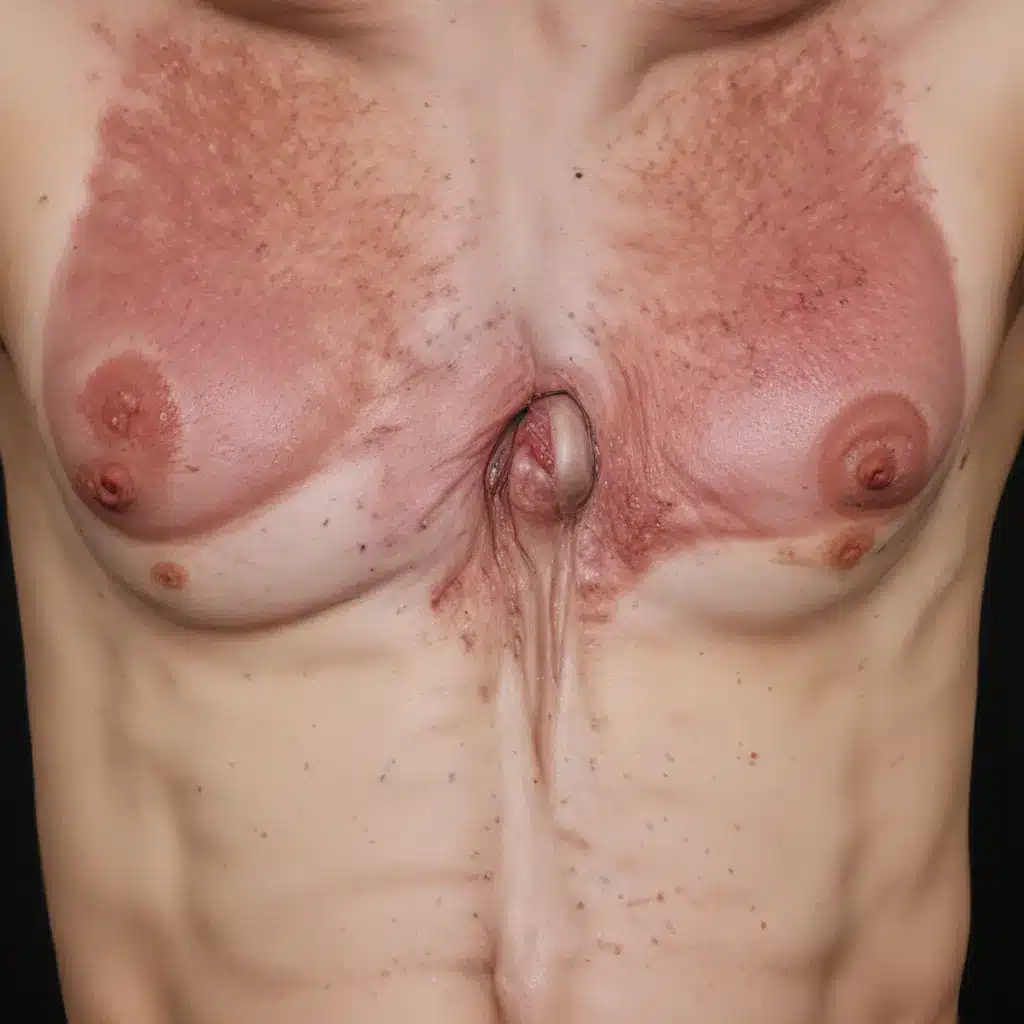
Understanding Lymphangioleiomyomatosis (LAM)
Lymphangioleiomyomatosis (LAM) is a rare, progressive lung disease that predominantly affects women of childbearing age. This cystic lung condition is characterized by the abnormal growth of smooth muscle cells, leading to the destruction of healthy lung tissue and the formation of numerous thin-walled cysts throughout the lungs.
LAM can occur sporadically (S-LAM) or in association with a genetic disorder called Tuberous Sclerosis Complex (TSC-LAM). While the exact prevalence of LAM is not well-established, it is estimated to affect between 3 to 7 cases per million women. Approximately 15% of LAM cases are associated with Tuberous Sclerosis Complex.
The most common presenting symptom of LAM is shortness of breath (dyspnea), which can often be mistaken for more common respiratory conditions like asthma or Chronic Obstructive Pulmonary Disease (COPD). Other symptoms may include coughing, chest pain, and recurrent spontaneous pneumothorax (collapsed lung). LAM can also affect the lymphatic system, leading to the accumulation of abnormal cells in the lymph nodes, abdomen, and kidneys.
Diagnosing and Managing LAM
Diagnosing LAM can be challenging, as the symptoms can be nonspecific and easily confused with other respiratory conditions. However, a combination of imaging tests, lung function assessments, and, in some cases, tissue biopsy can help establish the diagnosis.
Imaging tests, such as high-resolution computed tomography (HRCT) of the chest, are often the first step in the diagnostic process. HRCT scans can reveal the characteristic cystic changes in the lungs that are hallmarks of LAM. Pulmonary function tests, which measure airflow, lung volumes, and gas exchange, can also provide valuable information to support the diagnosis.
In cases where the diagnosis is still unclear, a lung biopsy may be necessary. This invasive procedure involves taking a small sample of lung tissue, which can then be examined under a microscope for the presence of abnormal smooth muscle cells, the defining feature of LAM.
Once diagnosed, the management of LAM often requires a multidisciplinary approach, involving pulmonologists, radiologists, and other specialists. The primary goals of treatment are to manage acute symptoms, such as pneumothorax, and to slow the progression of the disease.
Acute Management of Pneumothorax
Recurrent pneumothorax is a common complication of LAM, and its management is a critical aspect of care. Acute pneumothorax is typically treated with the placement of a chest tube to re-expand the collapsed lung. In some cases, pleurodesis, a procedure that creates adhesions between the lung and the chest wall, may be performed to reduce the risk of future pneumothorax occurrences.
In the case study provided, the patient experienced multiple episodes of pneumothorax, requiring repeated chest tube placements and pleurodesis procedures. After these acute interventions, the patient’s pulmonary function tests showed a decline, highlighting the progressive nature of LAM.
Pharmacological Treatments
In addition to managing acute symptoms, pharmacological therapies can play a role in slowing the progression of LAM. One such medication is sirolimus, an immunosuppressant drug that targets the mTOR (mammalian target of rapamycin) pathway, which is involved in the abnormal cell growth associated with LAM.
Sirolimus has been shown to stabilize lung function and reduce the risk of disease progression in some patients with LAM. In the case study, the patient initially deferred sirolimus treatment due to concerns about side effects, but after experiencing another pneumothorax, the medication was initiated, and subsequent tests demonstrated stabilization of her pulmonary disease.
The Importance of Multidisciplinary Care
The management of LAM often requires the collaboration of various healthcare professionals, including pulmonologists, radiologists, nephrologists, and primary care physicians. This multidisciplinary approach is crucial, as it allows for the comprehensive assessment and treatment of the diverse manifestations of the disease.
Primary care physicians play a vital role in the care of patients with rare conditions like LAM. They can help coordinate the patient’s care, provide ongoing support, and ensure that the patient is connected with the appropriate specialist services. Additionally, primary care physicians may be involved in the early recognition of symptoms, which can lead to timely diagnosis and referral to specialized centers.
The Patient’s Perspective
Living with a rare and progressive condition like LAM can be a profound and challenging experience. In the case study, the patient expressed the importance of her spiritual connection and the support of her medical team, family, and the LAM Foundation, a nonprofit organization dedicated to supporting individuals affected by this disease.
The patient’s journey highlights the resilience and adaptability required when navigating the uncertainties of a rare chronic illness. Maintaining a positive outlook, seeking support from healthcare providers and the broader LAM community, and finding strength in one’s personal beliefs can all contribute to coping with the physical and emotional demands of living with LAM.
Conclusion
Lymphangioleiomyomatosis is a rare and complex lung disease that primarily affects women of childbearing age. Its management requires a multidisciplinary approach, including the collaboration of pulmonologists, radiologists, and primary care physicians. While the course of the disease can be unpredictable, advancements in treatment, such as the use of sirolimus, have shown promise in stabilizing lung function and reducing the risk of disease progression.
For patients and their families, navigating the challenges of LAM can be a profound and life-altering experience. However, with the support of a dedicated healthcare team, a strong personal support network, and organizations like the LAM Foundation, individuals affected by this rare condition can find the strength and resilience to manage their symptoms and maintain the best possible quality of life.
If you or someone you know is affected by lymphangioleiomyomatosis, we encourage you to visit the Stanley Park High School website for more information and resources on rare diseases and how to access specialized care.

